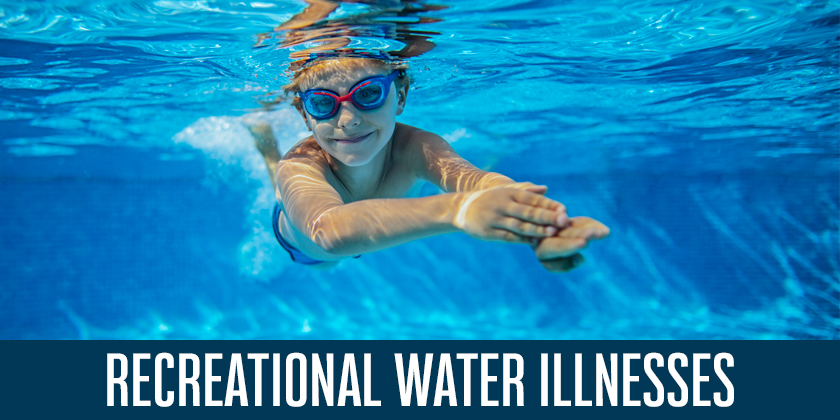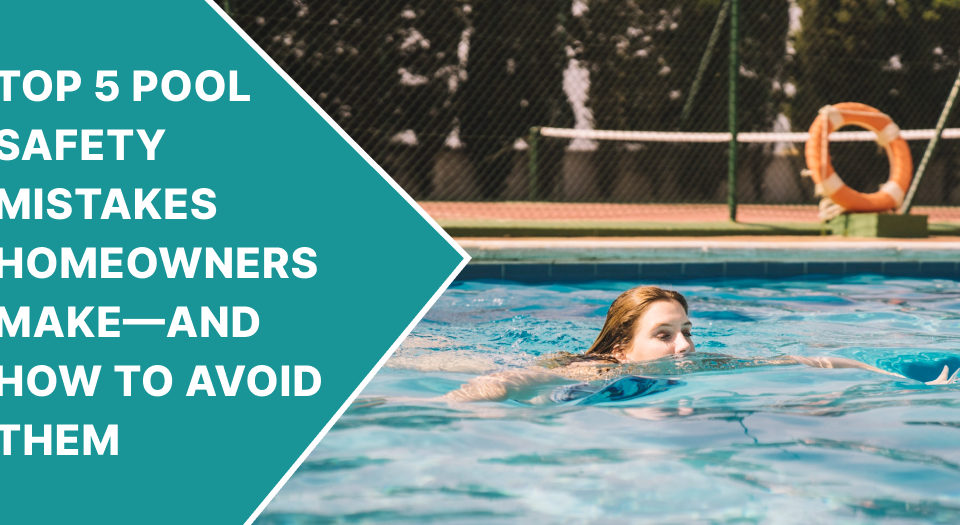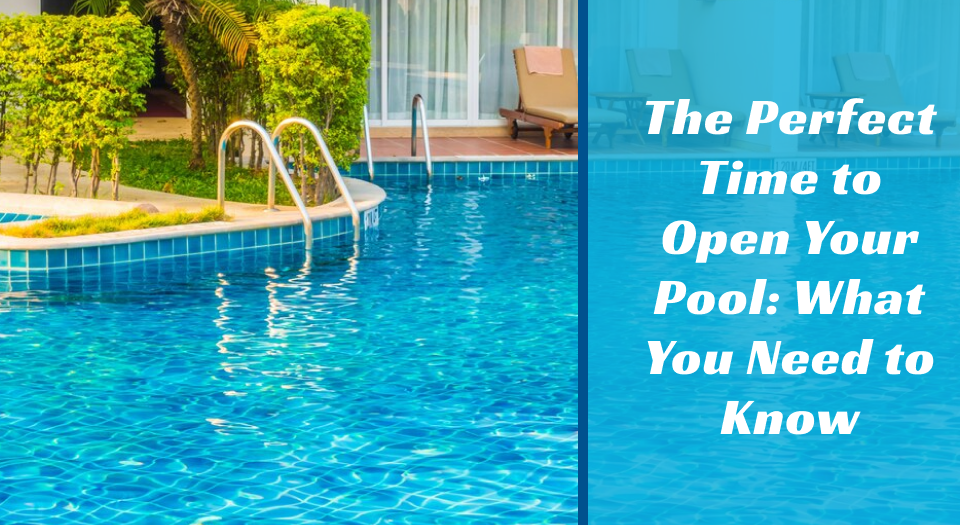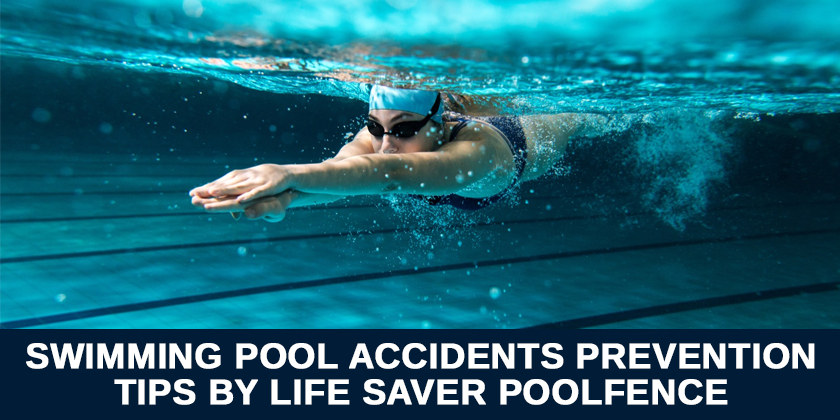
Life Saver Pool Fence: 6 Tips To Prevent Swimming Pool Accidents
October 31, 2020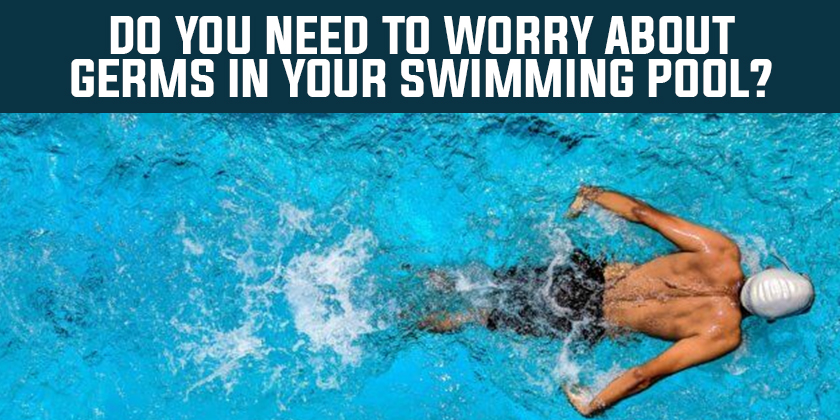
Do You Need To Worry About Germs in Your Swimming Pool?
December 2, 2020Recreational water illnesses are diseases that people get from swimming in water contaminated with germs.
Symptoms of Recreational Water Illness
The most common symptoms include:
- skin rashes
- diarrhea
- eye pain
- cough or congestion
How recreation water illness spreads?
You can be a victim of recreational water illness:
- If you have contact with, swallow, or breathe in vapors or aerosols from contaminated water.
- If you inhale or swallow chemicals in the swimming pool water
Who is at most risk?
People with weakened immune systems need to be more careful as the pool water might be contaminated with Cryptosporidium, causing life-threatening symptoms. Some others who’re prone to recreational water illnesses are:
- Pregnant women
- Children
- People with health issues, such as cancer, HIV, an organ transplant
If you’ve a weakened immunity system, consult your doctor before joining recreational water activities, such as swimming.
Steps to prevent recreational water illnesses
If you’re a swimming pool owner, here are some crucial steps you must follow to prevent recreational water illnesses:
#1. Educate your staff
Aquatic facilities deal with various distinct priorities daily, but people’s safety and health should be the topmost priority. Make sure to educate your team on the following things:
- At a minimum, the pool operator must have completed a standardized pool operator training course.
- Ask your staff to follow the Steps of Healthy Swimming to promote good hygiene and safety around the pool.
- Contact patrons and let them know that unhealthy behaviors at the swimming pool will not be acceptable.
- Ensure your staff is aware of the critical roles, such as performing water testing, methods to test water properly, and how to respond if disinfectant levels are not adequate.
- Maintain pool water quality according to the public health requirements.
#2. Educate parents and swimmers
The next thing you need to consider is to educate parents and swimmers about recreational water illnesses and how to prevent them. Start with season pass holders as they may feel more connected to the facility and want to make the facility as safe as possible. Then educate your daily patrons about healthy swimming tips for the health and safety of everyone.
#3. Maintain water quality
Follow the guidelines set by the Association of Pool & Spa Professionals:
- The optimal pH level is 7.2-7.8
- Alkalinity (80-120 ppm)
- Calcium hardness (200-400 ppm)
- Total dissolved solids (below 2500mg/liter)
However, to be sure, you should also check the jurisdiction’s health codes where you live.
Monitor chlorine levels regularly to prevent bacterial outbreaks, such as E. coli O157: H7. Don’t forget regular and thorough maintenance of the recirculation and filtration equipment to provide maximum filtration. You can also install new technologies to disinfect pool water, such as ozone, ultraviolet (UV) irradiation, and mixed oxidants.
#4. Work on disinfection guidelines
Prepare a fecal accident response policy as per the CDC’s recommendation. Maintain records of all chlorine and pH level measurements, fecal accidents, and any major equipment repairs or changes. This policy may help you respond more efficiently to problems that may arise in the future.
#5. Evaluate hygiene facilities
Most parents report changing diapers at the poolside as the changing rooms are poorly maintained, uncleaned, and have inadequate diaper-changing facilities.
To improve your facilities, ask these questions to yourself:
- Do you have a sufficient number of facilities?
- Are the facilities close to the pool?
- Are the facilities thoroughly cleaned and stocked?
- Would you walk barefoot in your facilities as your customers do?
If the answer to any of these questions is no, it’s time to make some improvements, including:
- Hire a person to maintain and clean restrooms
- Remodel your diaper changing stations
If you’re installing a new diaper changing station, do it near the kids’ pool. It’s the best way to remind people about using the diaper station rather than changing diapers on tables or lounge chairs.
Also, don’t forget to educate swimmers about the importance of taking a shower (with soap and water) before entering the pool.
#6. Install swimming pool rules signboards
Consider installing health safety signboards where everyone can see them clearly:
- Don’t swallow the pool water.
- Don’t swim if you have had diarrhea.
- Take a shower before entering the pool
- Change your kids’ diapers in the diaper changing section
- Wash your hands with soap and water/ after changing diapers or using the restroom
- Take your kids to the restroom often and educate them not to pee or poop in the water.
#7. Have an emergency response plan
Most pool authorities have an emergency plan for injuries and drowning, but no plans for risk management plans for a recreational water illness (RWI) outbreak. If you don’t have an emergency response plan, work on developing a policy, appoint a spokesperson who consistently responds to health department calls, media, and others. Collaborate with the health department and support the investigation to find the source and reason for the outbreak. This information can help you develop better strategies to prevent illness.
If there is a RWI outbreak or want more information on RWI, get in touch with Life Saver Poolfence experts today!

